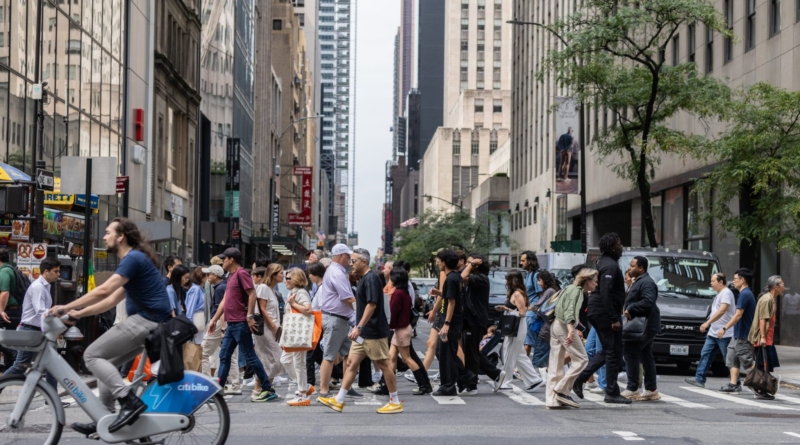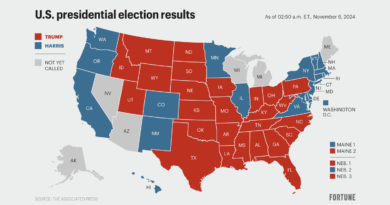Heroes of the high-rate economy? Bank of America praises consumers for propping up 2024
You could argue the economic heroes of 2024 were the Federal Reserve, mega-cap stocks, and big banks. But ultimately, it was American consumers who kept the economy steady.
Throughout the year, analysts anticipated consumers would reach a breaking point—where inflation and high Fed rates would stifle spending.
While that would have helped contain inflation, it could have also triggered job losses and slowed growth.
To the surprise of industry leaders like Bank of America CEO Brian Moynihan and JPMorgan Chase CEO Jamie Dimon, consumers proved resilient.
Indeed, not only has the public weathered the storm and seemingly made it out the other side, but Bank of America now believes a positive outlook can be relied upon through the end of the year and into 2025.
Avoiding a ‘point of pain’
Once thought impossible, analysts are now optimistic the economy has stabilized without a hard landing.
Bank of America economist Stephen Juneau recently expressed a “constructive” view, expecting the Fed to gradually reduce rates over the next five quarters, reaching 3% by late 2025.
This stabilization should support real wage growth and consumer spending, a significant shift from earlier forecasts of potential “pain” points for households.
“Consumers have largely managed higher rates,” Juneau noted, even if some expenses, like mortgages and debt service, are more costly.
Limited mobility in the housing market has also curbed spending on furniture and renovations, as homeowners avoid higher mortgage rates.
Juneau cautioned this could change as lower Fed rates “unfreeze” the market, allowing more consumers to move and make associated purchases.
Strong holiday spending ahead
Businesses are looking forward to their busiest quarter.
Bank of America data shows millennials and Gen Z expect to spend $4,000 and $3,300, respectively, this holiday season.
Older generations plan to spend less, with Boomers budgeting $800 and Gen X $1,200.
Across the board, spending is expected to rise 7% over 2023.
Despite higher spending, 68% of millennials and Gen Z respondents anticipate feeling financial strain and plan to seek discounts.
“Holiday shopping is getting earlier,” said Mary Hines Droesch, BofA’s head of consumer banking, with 49% planning to start by Black Friday.
She added that the fact that consumers are planning on spending more than last year “really [demonstrates] the health of the consumer as they look out to the holiday season.”
Looking to 2025
Heading into 2025, Juneau said Fed rate cuts will keep consumers engaged.
Lower rates could spur housing market turnover, he explained: “When consumers move, there’s associated spending. New homeowners tend to buy durable goods, like appliances.”
The slowdown in housing has already affected DIY demand.
Lowe’s reported a 5.1% decline in comparable sales in the second quarter, while Home Depot revised its annual sales forecast downward.
“All told, we have reasons to be constructive on the consumer,” said Juneau. “With inflation down, purchasing power up, and Fed cuts expected, we remain optimistic for consumers in the near- and medium-term.”



